Commenti / Domande (44)
![]() Maria Tagliavia ha scritto:
Maria Tagliavia ha scritto:
C'è un tutorial per la cucitura delle spalle e il giro manica? Grazie
24.11.2025 - 08:57DROPS Design ha risposto:
Buongiorno Maria, può cucire il lavoro a punto maglia o punto materasso. Buon lavoro!
25.11.2025 - 08:58
![]() Fanjat ha scritto:
Fanjat ha scritto:
Ne pas tenir compte de ma question j ai vu la correction merci
09.11.2025 - 20:45
![]() Fanjat ha scritto:
Fanjat ha scritto:
Bonjour dans la taille S pour les emmanchures voys dites 0 tous les 2 rangs? Je ne comprends pas merci de m expliquer.
09.11.2025 - 20:43
![]() Marina ha scritto:
Marina ha scritto:
Oubliez ma question précédente je crois avoir compris Pour les rangs endroits on suit les diagrammes 1 2 3 4 5 6 1 Pour les rangs envers on tricote les mailles comme elles se présentent endroit sur endroit envers sur envers sauf bien sûr les 20 mailles du début et fin de rang qui se tricotent au point de blé C'est juste? Merci
16.09.2025 - 19:07DROPS Design ha risposto:
Bonjour Marina, c'est correct. Bon tricot!
17.09.2025 - 08:54
![]() Angela ha scritto:
Angela ha scritto:
Has knit now issue 181 made a mistake in this pattern Pattern C has no cable till row 9 and it looks wrong can you help me please
13.08.2025 - 19:06DROPS Design ha risposto:
Dear Angela, our diagrams are called A.1 to A.6, not sure which one you call "Pattern C", can you help here giving us the name of the diagram online concerned with your question? Thanks for your comprehension.
14.08.2025 - 08:49
![]() Angela ha scritto:
Angela ha scritto:
I think Knit now Issue 181 have made a mistake on part C as there is no cable till row 9 and it doesn’t look right, I looked at the picture and there is a cable before that,l have knitted it as instructed but would have been nice to see the proper pattern, please can you explain this to me thank you
13.08.2025 - 18:56
![]() Audrey ha scritto:
Audrey ha scritto:
Hey guys, I've had the same issue reading the A2A3 & A5A6 in this pattern, and have figured out a way for myself. Its basically a section that's: 4 st 8st of cable 4st 8st of cable 4st same for both sides! If this helps.
10.08.2025 - 07:04
![]() Simone ha scritto:
Simone ha scritto:
Kann ich die Ärmel auch in Runden stricken? Ich habe beidseitig Vorder- und Rückenteil mit jeweils zusätzlichen Maschen zusammengestrickt. Wie kann ich hier die Ärmel entsprechend anpassen, da ich ja nun unterm Arm mehr Maschen habe. Ich habe Größe XL gestrickt. Für eine Antwort wäre ich sehr dankbar.
19.06.2025 - 11:26DROPS Design ha risposto:
Liebe Simone, sicher können Sie die Ärmel auch in der Runde stricken, beachten Sie nur, daß Sie dann keine Randmaschen brauchen. Wenn Sie die Maschen für die Armkugel abketten, muss mann dann auch die Maschenanzahl anpassen = beim 1. Mal wird man nur 2 M beidseitig der untere Mitte abketten = 4 M anstatt 6 da es keine Randmasche sind. Viel Spaß beim Stricken!
19.06.2025 - 17:20
![]() Meg ha scritto:
Meg ha scritto:
Hi, is the gauge made using 3.5mm or the 4.5mm needles? Thanks a bunch :)
09.06.2025 - 19:35DROPS Design ha risposto:
Hi Meg, The gauge is made working with size 4.5 mm needles. Regards, Drops Team.
10.06.2025 - 06:40
![]() Charlotte ha scritto:
Charlotte ha scritto:
Hi! I don't know if it is me being daft or not but the way I read the chart means that the cable will be next to A1 which doesn't seem right to me as per the picture. Should the brackets for A6 be worked before A5 meaning the cable section ends on a Purl section rather than a cable? Does that make sense ?? I have talked it through with a friend who read it the same as myself, but that could be my stupidity wearing off on him.
27.05.2025 - 16:15DROPS Design ha risposto:
Dear Charlotte, work the diagrams as explained in the written pattern, this means first A.1, then A.2, A.3, A.4, A.5, A.6, and A.1; so that you first work the 16 sts A.5 and end with the 12 sts A.6 so that A.5/A.6 has 2 cables and starts + ends wit P4. Happy knitting!
28.05.2025 - 07:45
Sailor's Knots#sailorsknotssweater |
|||||||||||||||||||
 |
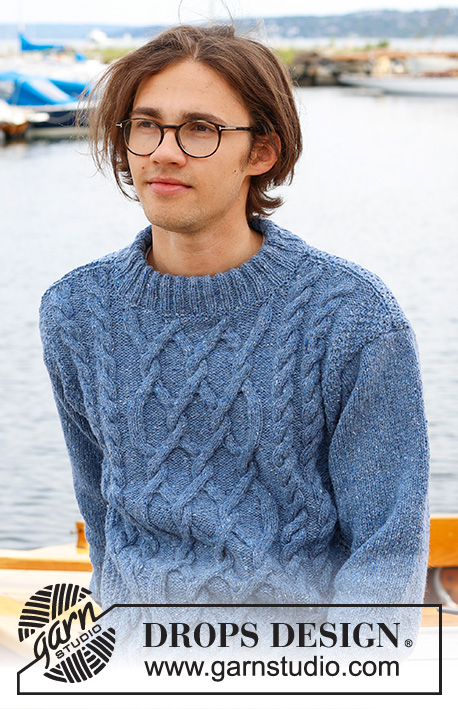 |
||||||||||||||||||
Maglione da uomo lavorato ai ferri in DROPS Soft Tweed. Lavorato dal basso verso l’alto, con trecce, collo doppio e maniche cucite. Taglie: S – XXXL.
DROPS 233-2 |
|||||||||||||||||||
|
------------------------------------------------------- TECNICHE IMPIEGATE: ------------------------------------------------------- COSTA/MAGLIA LEGACCIO (avanti e indietro): Lavorare tutti i ferri a diritto. 1 costa in altezza = 2 ferri diritto. MOTIVO: Vedere i diagrammi A.1 - A.6. I diagrammi mostrano tutti i ferri del motivo visti dal diritto del lavoro. SUGGERIMENTO PER GLI AUMENTI (maniche): Lavorare tutti gli aumenti dal diritto del lavoro! Fare 1 gettato all’interno di ogni maglia di vivagno a entrambi i lati. Sul ferro successivo lavorare i gettati a ritorto per evitare buchi. Poi lavorare le nuove maglie a maglia rasata. ----------------------------------------------------- INIZIO DEL LAVORO: ------------------------------------------------------- MAGLIONE – BREVE RIASSUNTO DEL LAVORO: Lavorato in parti separate, in piano e poi cucite. Lavorare il collo in tondo e piegarlo a metà. DIETRO: Avviare 116-124-136-148-160-172 maglie con i ferri circolari n° 3,5 mm e DROPS Soft Tweed. Lavorare a coste in piano come segue – 1° ferro dal diritto del lavoro: 1 maglia di vivagno a MAGLIA LEGACCIO – leggere la spiegazione sopra, * 2 maglie diritto, 2 maglie rovescio *, lavorare *-* fino a quando rimangono 3 maglie, 2 maglie diritto e 1 maglia di vivagno a maglia legaccio. Lavorare queste coste per 5 cm. Passare ai ferri circolari n° 4,5 mm. Lavorare 1 ferro diritto dal diritto del lavoro e diminuire 16-14-18-20-20-20 maglie in modo uniforme sul ferro = 100-110-118-128-140-152 maglie. Lavorare 1 ferro diritto dal rovescio del lavoro. Poi lavorare il motivo come segue dal diritto del lavoro: 1 maglia di vivagno a maglia legaccio, lavorare il motivo A.1 fino a quando rimane 1 maglia di vivagno a maglia legaccio. FARE ATTENZIONE ALLA TENSIONE DEL LAVORO! Continuare questo motivo. Quando il lavoro misura 44-45-46-47-48-49 cm, intrecciare all’inizio di ogni ferro per gli scalfi come segue: 3 maglie 1 volta, 2 maglie 0-1-2-2-3-4 volte, 1 maglia 0-1-1-4-6-8 volte a ogni lato = 94-98-102-106-110-114 maglie. Continuare questo motivo. Quando il lavoro misura 64-66-68-70-72-74 cm, intrecciare le 38-38-40-40-42-42 maglie centrali per il collo e finire ogni spalla in modo separato. Intrecciare 1 maglia sul ferro successivo dal collo = 27-29-30-32-33-36 maglie. Continuare il motivo A.1 fino a quando il lavoro misura 66-68-70-72-74-76 cm. Intrecciare. Lavorare l’altra spalla nello stesso modo. DAVANTI: Avviare 116-124-136-148-160-172 maglie con i ferri circolari n° 3,5 mm e DROPS Soft Tweed. Lavorare a coste in piano come segue – 1° ferro dal diritto del lavoro: 1 maglia di vivagno a maglia legaccio, * 2 maglie rovescio, 2 maglie diritto *, lavorare *-* fino a quando rimangono 3 maglie, 2 maglie rovescio e 1 maglia di vivagno a maglia legaccio. Lavorare queste coste per 5 cm. Passare ai ferri circolari n° 4,5 mm. Lavorare 1 ferro diritto dal diritto del lavoro e aumentare 12-14-10-8-8-8 maglie in modo uniforme sul ferro = 128-138-146-156-168-180 maglie. Lavorare 1 ferro diritto dal rovescio del lavoro. Poi lavorare il motivo come segue dal diritto del lavoro: 1 maglia di vivagno a maglia legaccio, lavorare il motivo A.1 su 11-16-20-25-31-37 maglie, A.2, A.3, A.4, A.5, A.6, lavorare 11-16-20-25-31-37 maglie in A.1, 1 maglia di vivagno a maglia legaccio. Continuare questo motivo. Quando il lavoro misura 44-45-46-47-48-49 cm, intrecciare all’inizio di ogni ferro per gli scalfi come segue: 3 maglie 1 volta, 2 maglie 0-1-2-2-3-4 volte, 1 maglia 0-1-3-4-6-8 volte a ogni lato = 122-126-130-134-138-142 maglie. Continuare questo motivo. Quando il lavoro misura 58-60-61-63-64-66 cm, diminuire 12 maglie in modo uniforme sulle maglie lavorate a diritto in A.4 = 110-114-118-122-126-130 maglie. Sul ferro successivo dal diritto del lavoro mettere in sospeso le 32 maglie centrali per il collo e finire ogni spalla in modo separato. Intrecciare su ogni ferro dal collo come segue: 2 maglie 1 volta e 1 maglia 2-2-3-3-3-4 volte = 35-37-38-40-41-43 maglie sulla spalla- Quando il lavoro misura 65-67-69-71-73-75 cm, diminuire 4 maglie nelle sezioni lavorate a diritto in A.2 e A.3 / A.5 e A.6 = 27-29-30-32-33-35 maglie. Continuare il motivo fino a quando il lavoro misura 66-68-70-72-74-76 cm. Intrecciare. Lavorare l’altra spalla nello stesso modo. MANICHE: Avviare 62-62-66-66-70-70 maglie con i ferri circolari n° 3,5 mm e DROPS Soft Tweed. Lavorare a coste in piano come segue – 1° ferro dal diritto del lavoro: 1 maglie di vivagno a maglia legaccio, * 2 maglie diritto, 2 maglie rovescio *, lavorare *-* fino a quando rimane 1 maglia, 1 maglia di vivagno a maglia legaccio. Lavorare queste coste in piano per 7 cm. Passare ai ferri circolari n° 4,5 mm. Lavorare 1 ferro diritto dal diritto del lavoro e diminuire 8-6-8-8-10-8 maglie in modo uniforme = 54-56-58-58-60-62 maglie. Continuare a maglia rasata e 1 maglia di vivagno a maglia legaccio a ogni lato fino a quando la manica misura 10 cm. Aumentare 1 maglia all’interno di entrambe le maglie di vivagno – leggere il SUGGERIMENTO PER GLI AUMENTI. Aumentare in questo modo ogni 2½-2½-2-1½-1½-1½ cm per un totale di 15-15-16-19-19-21 volte = 84-86-90-96-98-104 maglie. Quando la manica misura 52-51-50-49-48-47 cm, intrecciare 3 maglie a ogni lato. Intrecciare per l’arrotondamento della manica all’inizio di ogni ferro: 2 maglie 2-2-3-3-4-4 volte, 1 maglia 0-1-0-1-0-1 volte a ogni lato. Poi intrecciare 2 maglie a ogni lato fino a quando la manica misura 57 cm per tutte le taglie, intrecciare 3 maglie a ogni lato, poi intrecciare le maglie rimaste. La manica misura 58 cm per tutte le taglie. Lavorare l’altra manica nello stesso modo. CONFEZIONE: Cucire i margini delle spalle all’interno dei bordi di chiusura. Attaccare le maniche. Cucire le maniche e i lati all’interno della maglia di vivagno. COLLO: Lavorare il collo in tondo, iniziando dal diritto del lavoro vicino a una cucitura della spalla. Usando i ferri circolari corti n° 3,5 mm e DROPS Soft Tweed. Riprendere 96 - 108 maglie (comprese le maglie in sospeso sul davanti) – il n° delle maglie dev’essere divisibile per 4. Lavorare 1 giro rovescio e 1 giro diritto. Lavorare a coste (2 maglie diritto, 2 maglie rovescio) per 11 cm. Intrecciare con diritto su diritto e rovescio su rovescio. Piegare il collo a metà verso l’interno e cucire. Per evitare che il collo risulti tirato e si arrotoli verso l’esterno, è importante che la cucitura sia elastica. |
|||||||||||||||||||
Spiegazioni del diagramma |
|||||||||||||||||||
|
|||||||||||||||||||
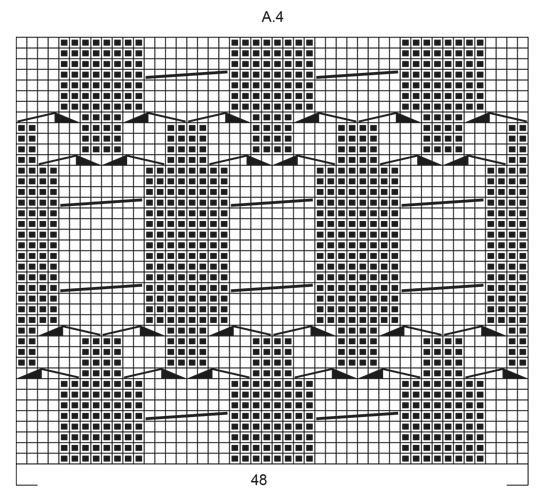 |
|||||||||||||||||||
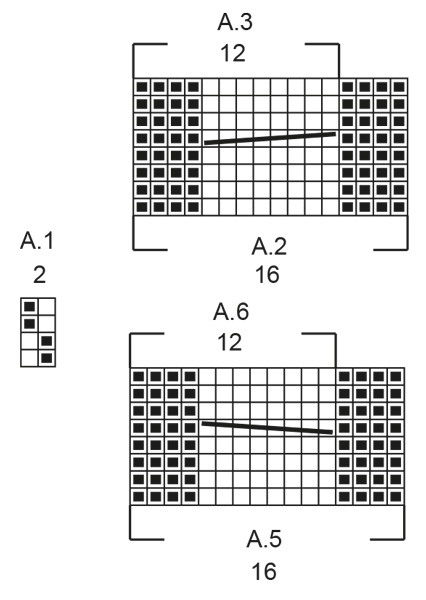 |
|||||||||||||||||||
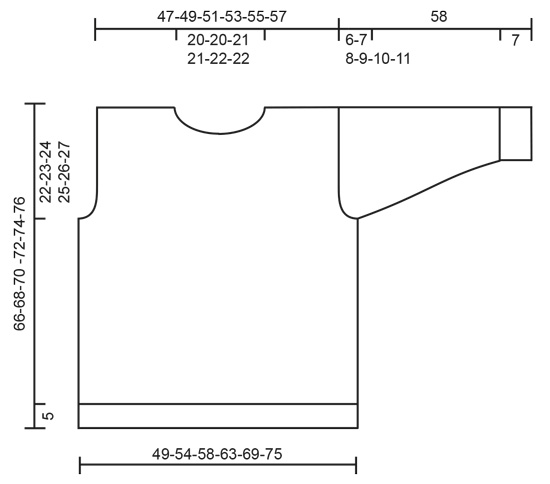 |
|||||||||||||||||||
Avete terminato questo modello?Allora taggate le vostre foto con #dropspattern #sailorsknotssweater o inviatele alla #dropsfan gallery. Avete bisogno di aiuto con questo modello?Troverete 26 video tutorial, una sezione per i commenti/domande e molto altro guardando il modello su www.garnstudio.com © 1982-2025 DROPS Design A/S. Ci riserviamo tutti i diritti. Questo documento, compreso tutte le sue sotto-sezioni, è protetto dalle leggi sul copyright. Potete leggere quello che potete fare con i nostri modelli alla fine di ogni modello sul nostro sito. |
|||||||||||||||||||







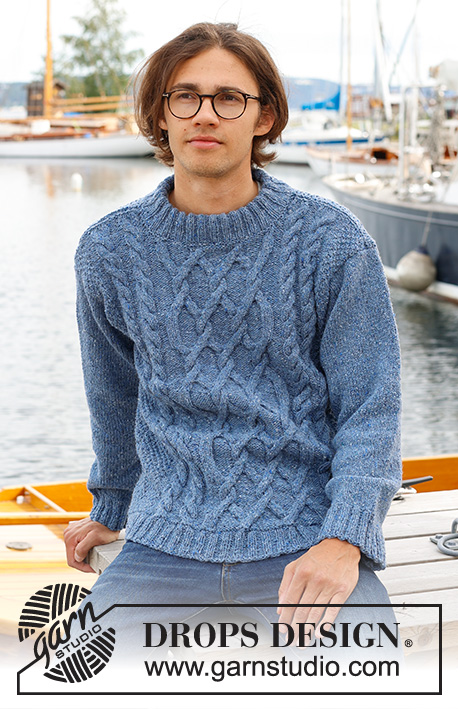
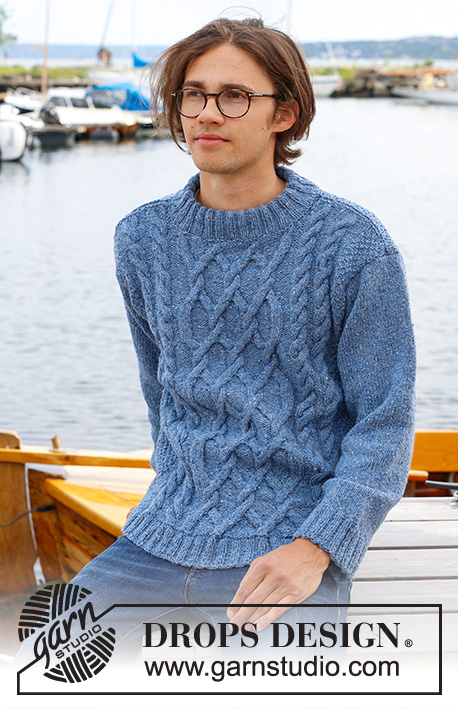
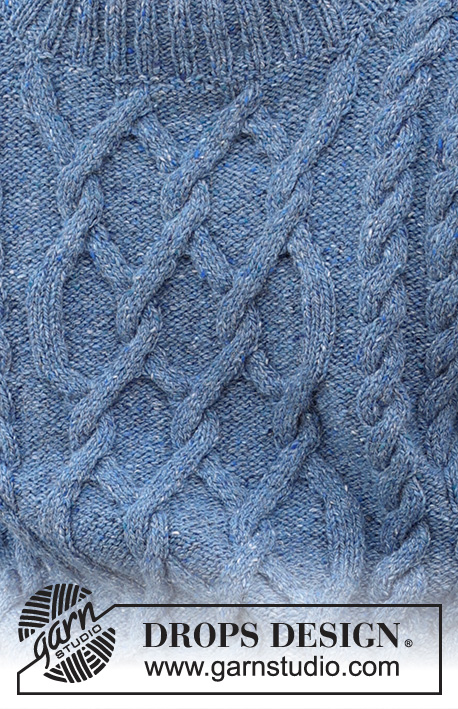

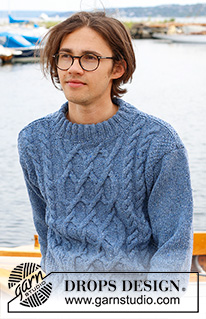
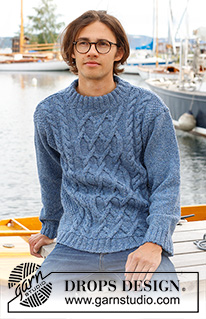
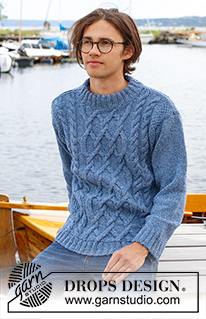

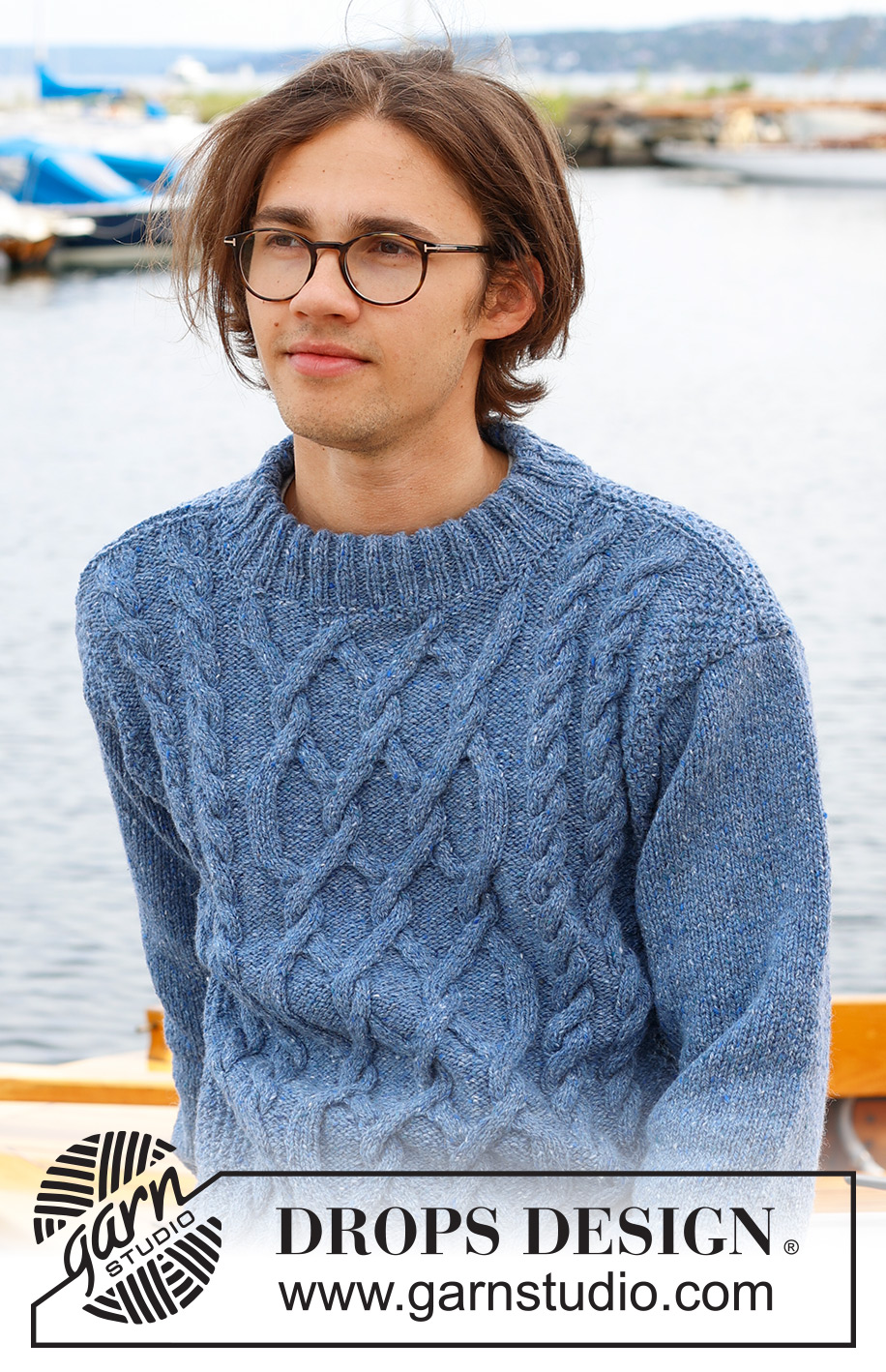
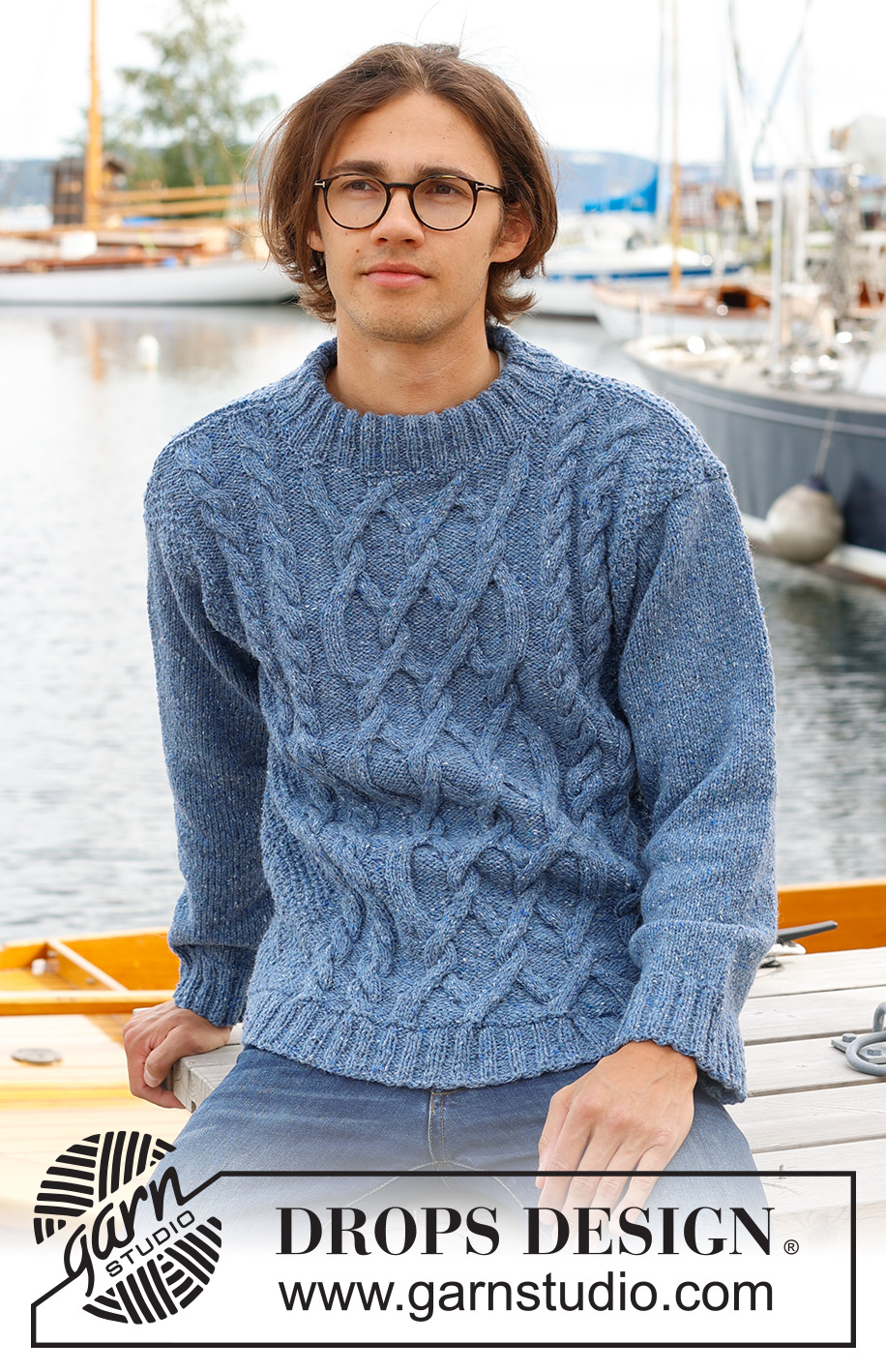
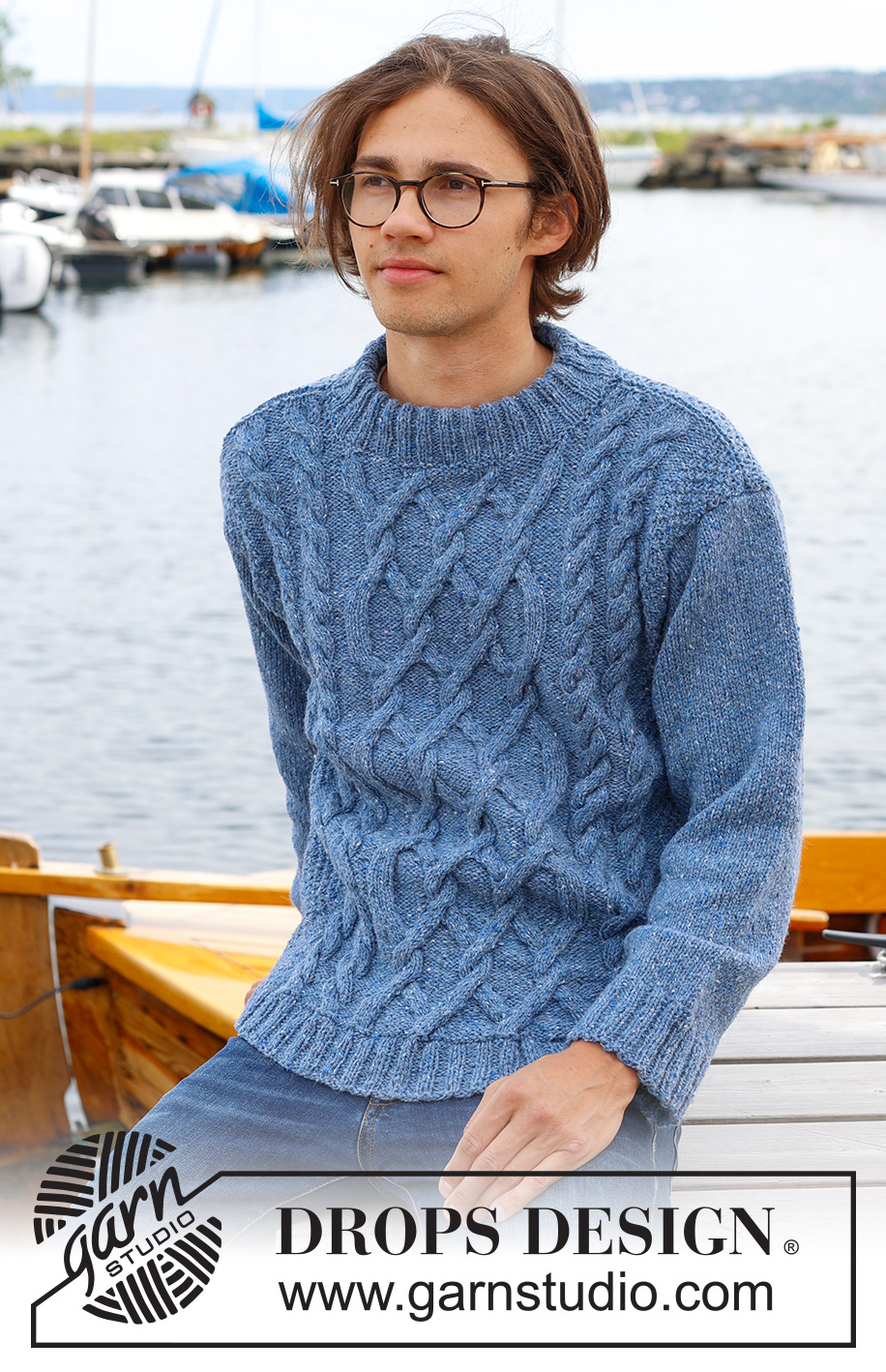


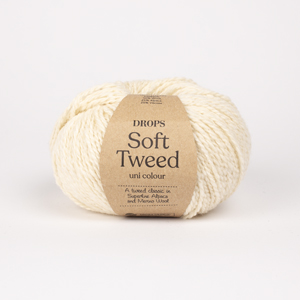
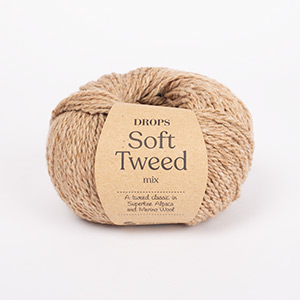



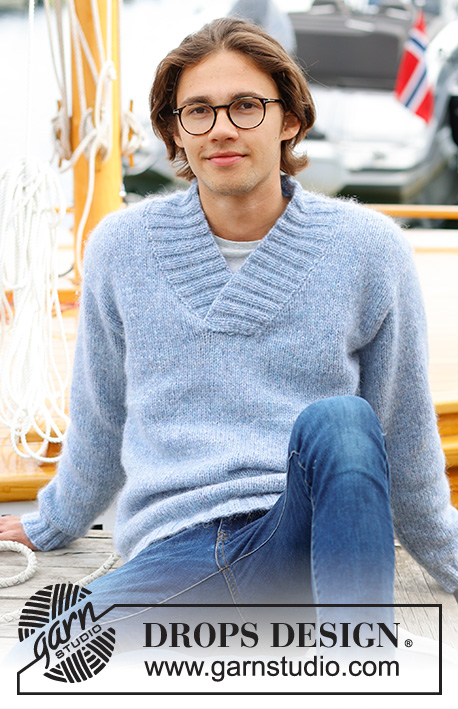

















































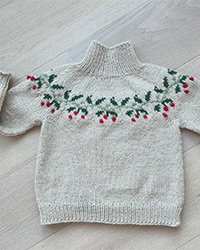
Lasciare un commento sul modello DROPS 233-2
Noi saremmo felici di ricevere i tuoi commenti e opinioni su questo modello!
Se vuoi fare una domanda, fai per favore attenzione a selezionare la categoria corretta nella casella qui sotto per velocizzare il processo di risposta. I campi richiesti sono indicati da *.